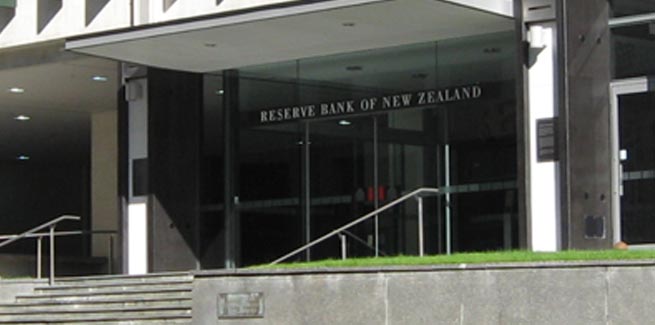Following the Reserve Bank of Australia’s (RBA) decision to resist calls for monetary policy stimulus, the Reserve Bank of New Zealand (RBNZ) dropped its cash rate by 25bps to 1.5 per cent.
In its monetary policy statement, RBNZ attributed its decision to “uncertainty” in the global economy and subdued domestic growth, which it said has downgraded its forecasts for employment, inflation and the housing market.
“Domestic growth slowed from the second half of 2018,” RBNZ stated. “Reduced population growth through lower net immigration and continuing house price softness in some areas have tempered the growth in household spending.”
The central bank continued: “Ongoing low business sentiment, tighter profit margins and competition for resources have restrained investment.
“Employment is near its maximum sustainable level. However, the outlook for employment growth is more subdued and capacity pressure is expected to ease slightly in 2019.
“Consequently, inflationary pressure is projected to rise only slowly. Given this employment and inflation outlook, a lower OCR now is most consistent with achieving our objectives and provides a more balanced outlook for interest rates.”
However, RBNZ isn’t expected to initiate a cutting cycle, with no further reductions expected until 2020.
Reflecting on RBNZ’s decision, ANZ Research said that while it had predicted a cut, the “plunge” came earlier than it had anticipated but added that a one-off adjustment would be “unusual”.
“It could happen, since the RBNZ has acted more proactively than has historically been the case, but we continue to forecast that this is just the start of a sequence of three cuts,” ANZ Research observed.
“Given the magnitude of the downward revision to the RBNZ’s Q1 growth outlook (0.4 per cent), the hurdle for near-term further disappointment is high, but the RBNZ’s growth forecasts further out are considerably higher than our own.
“Lower interest rates will support growth, but too high interest rates are not this economy’s problem at present.”
ANZ Research concluded: “We therefore forecast that by November, the ducks will have lined up for another cut, followed by one in February.
“In our view, deterioration in global conditions is the primary risk that could bring this forward.”
RBNZ’s rate cut has been passed on by New Zealand’s banks, with the likes of ANZ, Westpac and Kiwibank dropping variable rates by up to 16bps.
The RBA is expected to follow suit with a cash rate adjustment in June, with the Australian economy displaying similar signs of weakness.
According to senior economist at AMP Capital Shane Oliver, the RBA’s decision to hold the cash rate earlier this week may have been influenced by the current political environment.
“Our expectation was that the RBA would cut at this meeting, particularly given the weak March quarter inflation outcome. But given the timing of the election and the RBA’s focus on the jobs market, it was a close call and, in the event, while the RBA has yet again lowered its growth and inflation forecasts, it has opted to leave rates on hold for the time being,” he said.
Mr Oliver went on to add: “We have pencilled in a cut for June but concede that the RBA may wait a bit longer given that there is only one month’s worth of jobs data to be released between now and then.”
[Related: Rate cut pencilled in for June]
 ;
;